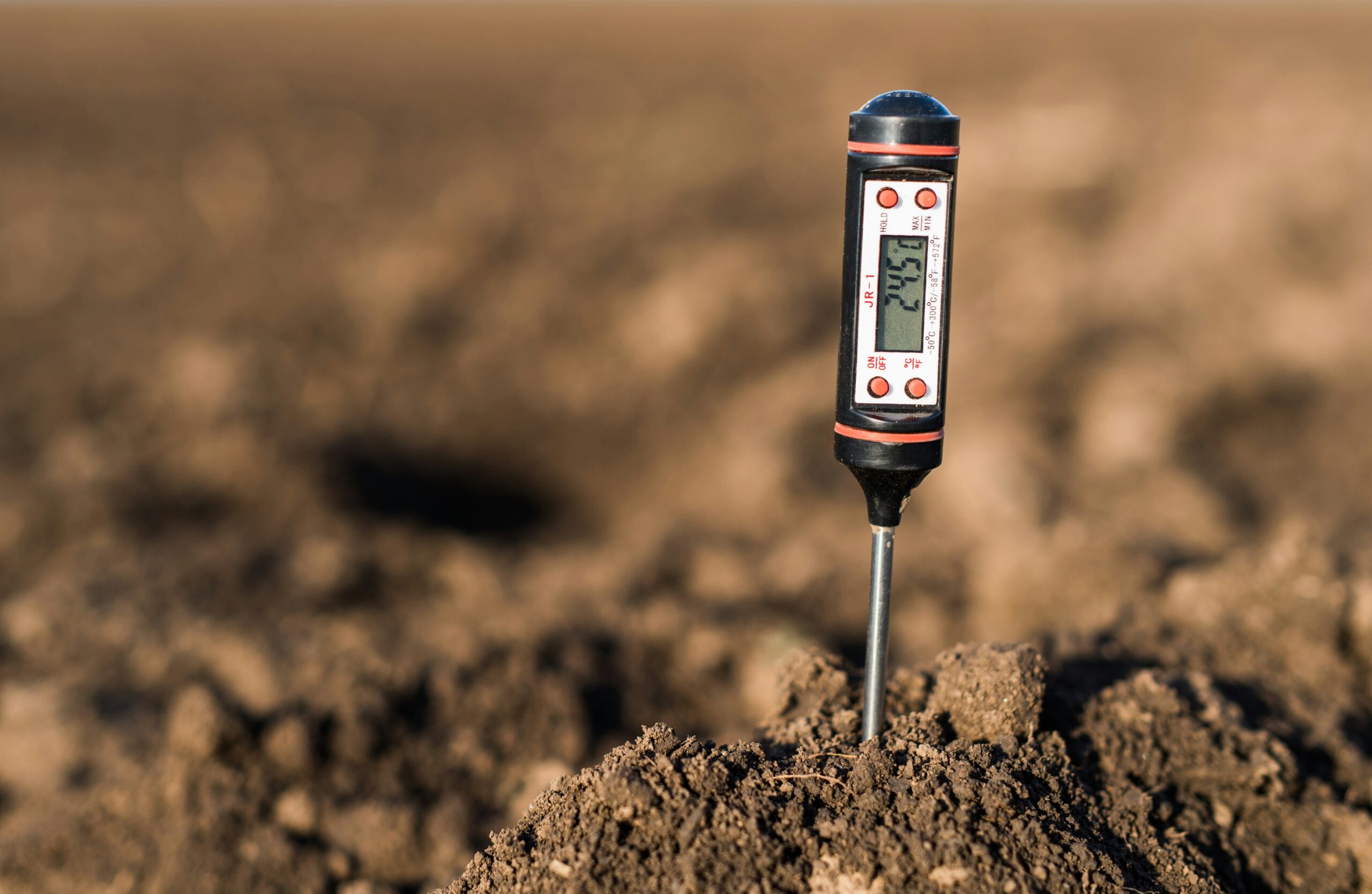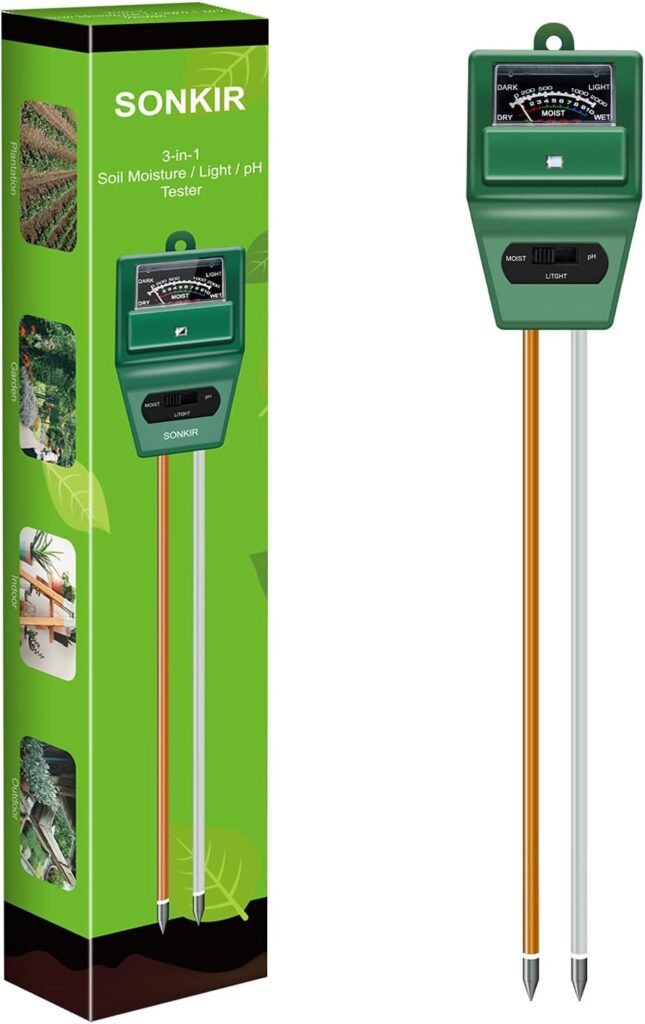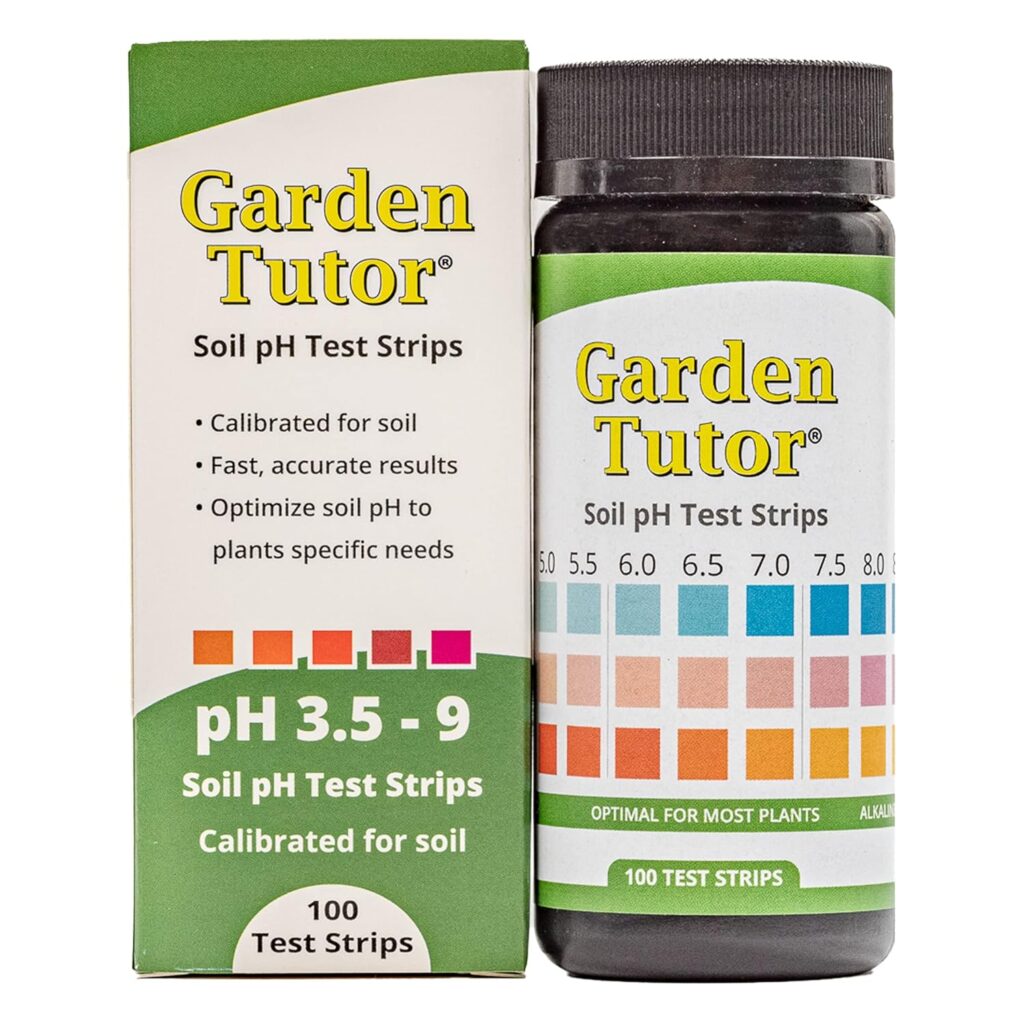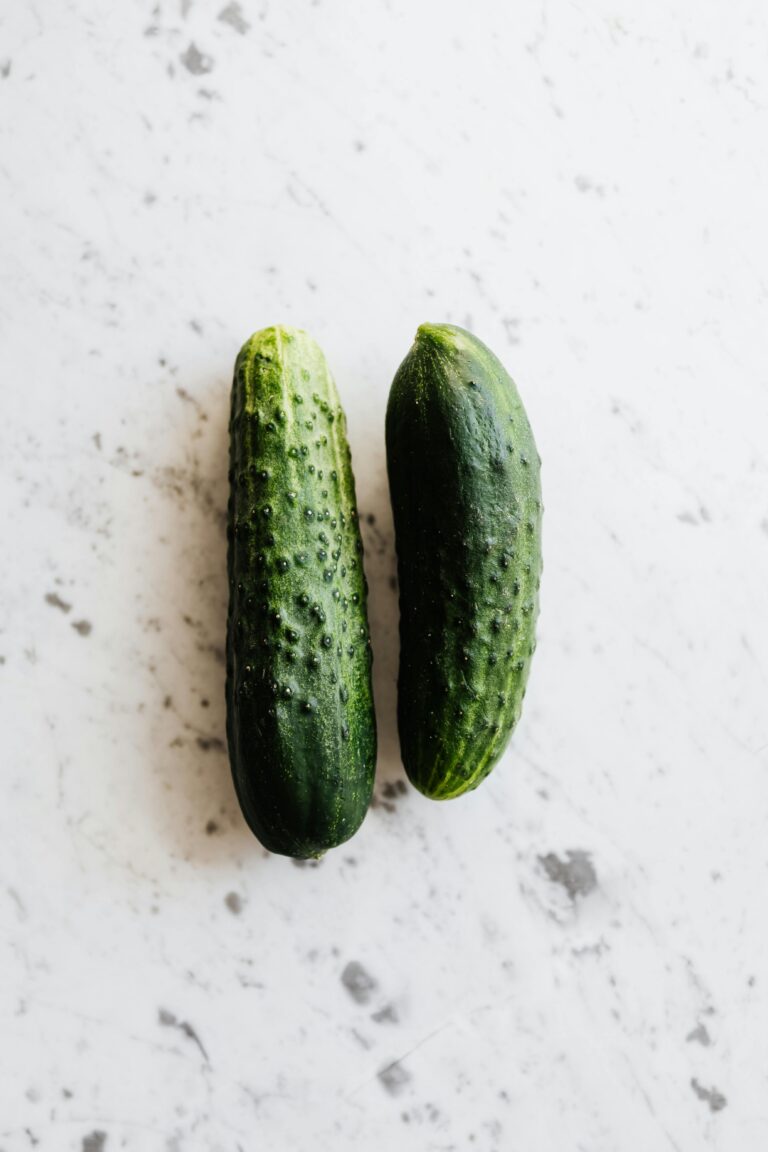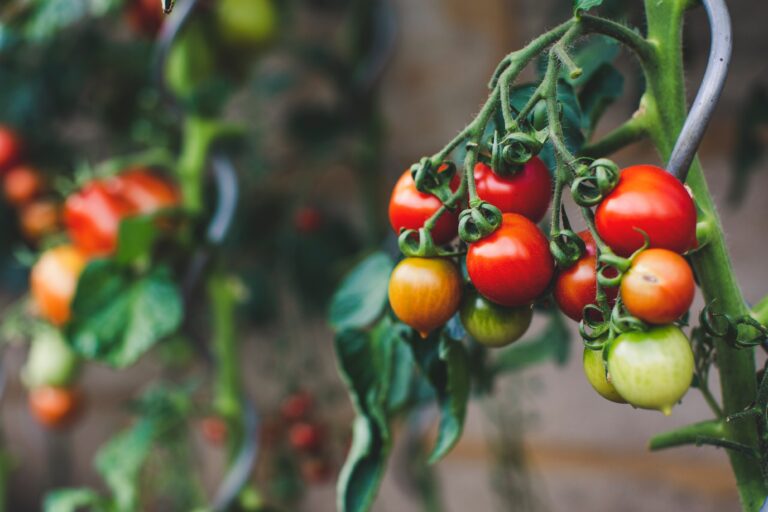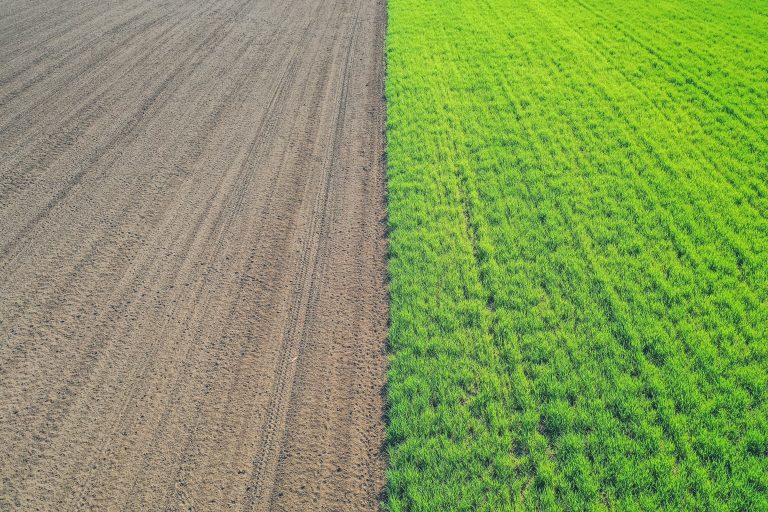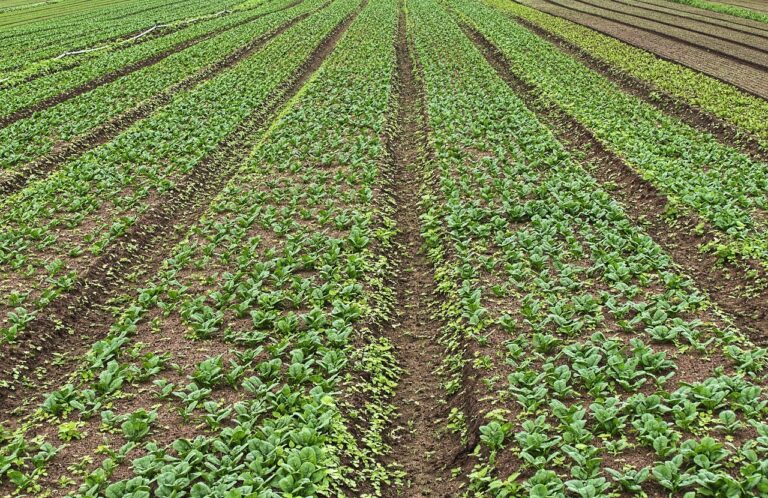Understanding Soil pH and Its Impact on Plant Growth
Soil health is a crucial factor that directly impacts plant growth and overall crop production. One of the key components of soil health is its pH level, which plays a significant role in determining the availability of essential nutrients to plants. Understanding soil pH and its impact on plant growth is essential for any gardener or farmer looking to optimize their growing conditions.
What is Soil pH and Why Does it Matter?
Soil pH is a crucial metric in gardening and agriculture, representing the soil’s acidity or alkalinity level on a scale from 0 to 14. This balance of acidity or alkalinity is paramount as it affects the chemical forms of nutrients in the soil, thereby influencing their availability to plants. Soil that falls below a pH of 7 is acidic, while readings above 7 are alkaline. The importance of soil pH cannot be overstated since each plant species thrives in a specific pH range.
This specificity to pH ranges is due to the way nutrients become available or locked away under certain conditions. For instance, an acidic pH can enhance the solubility of important micronutrients like iron and manganese, critical for many plants. Conversely, alkaline conditions can make nutrients such as phosphorus less available, potentially leading to deficiencies even in nutrient-rich soils. Therefore, knowledge of the soil’s pH level allows for informed decisions on plant selection and soil amendment needs.
Moreover, extreme pH levels, either too high or too low, can lead to toxic levels of certain minerals that can inhibit plant growth, affect root development, and decrease crop yield. Consequently, understanding the pH requirement of specific plants and managing soil to meet these requirements is a foundational aspect of cultivating healthy and productive gardens and crops. This focus on maintaining appropriate soil pH levels underscores its vital role in achieving sustainable agricultural practices and optimal plant health.
How Soil pH Influences Plant Growth and Health
The direct correlation between soil pH and the availability of nutrients to plants cannot be understated. Each nutrient has a pH range in which it is most soluble, and hence, most accessible to plants. For instance, micronutrients such as iron and manganese, essential for the synthesis of chlorophyll and overall plant health, are more soluble and available in acidic environments. On the flip side, macronutrients like calcium and magnesium, which play crucial roles in cell wall strength and photosynthesis, respectively, find their sweet spot in more alkaline conditions.
When the pH level of the soil strays from a plant’s preferred range, the plant may experience a nutrient uptake imbalance. This imbalance can manifest as nutrient deficiencies or toxicities, both of which can impair plant growth and diminish health. Symptoms such as yellowing leaves (chlorosis), stunted growth, and poor yield are telltale signs of these issues.
Furthermore, the pH of the soil influences the activity of beneficial microorganisms that contribute to plant health. These organisms aid in nutrient breakdown and availability, but their activity levels can decrease dramatically in highly acidic or alkaline soils, further compounding nutrient accessibility issues.
Equally important is the effect of soil pH on root development. Optimal pH conditions encourage robust root systems that efficiently absorb water and nutrients. In contrast, adverse pH levels can hinder root growth, reducing a plant’s ability to sustain itself and thrive.
In sum, soil pH is a linchpin in the delicate balance of soil chemistry that supports healthy plant growth. Through its influence on nutrient solubility, microorganism activity, and root development, soil pH ultimately dictates the success of a garden or crop.
Identifying Your Soil’s pH Level
Determining the acidity or alkalinity of your soil is a pivotal step in cultivating a thriving garden or crop. Several methods are available for assessing soil pH, each varying in complexity and precision. A readily accessible option for gardeners is the use of at-home testing kits, which typically involve mixing soil samples with a chemical dye and comparing the resulting color to a pH scale. These kits can be found at most garden centers and offer a quick way to get a general sense of your soil’s pH status.
For those seeking more detailed analysis, professional soil testing through a local cooperative extension service or a private laboratory provides comprehensive insights. These tests not only pinpoint the soil’s pH but can also give a breakdown of nutrient levels and recommendations for amendments.
Digital pH meters are another tool that can provide immediate soil pH readings. Though more expensive than test kits, they are reusable and can be a valuable investment for avid gardeners or those managing larger landscapes.
This is the one that we like , its a reusable meter however you can also purchase test strips
Regardless of the method chosen, collecting samples from several locations within the gardening area is advisable to get an accurate overall reading. Soil pH can vary significantly across different areas due to factors like soil type, previous plantings, and localized amendments. By understanding the specific pH levels throughout your garden, you can make more informed decisions on plant placement and soil conditioning strategies to optimize plant health and productivity.
Adjusting Soil pH for Optimal Plant Growth
Adjusting the soil’s pH is vital to creating the perfect environment for your garden’s success. If testing reveals that your soil is outside the desired pH range for your selected plants, you have several amendment options at your disposal. To make acidic soils more alkaline, gardeners typically apply lime. The type of lime and the application rate will depend on the soil’s current pH and texture. For example, clay soils require more lime than sandy soils to achieve the same pH adjustment. Conversely, when dealing with alkaline soils that need to be made more acidic, elemental sulfur is commonly used. The amount needed can vary, so it’s essential to refer to guidelines based on your specific soil test results.
Furthermore, incorporating organic materials like peat moss can naturally modify the soil pH. Organic matter tends to lower the pH as it decomposes, making it a suitable option for slightly adjusting alkaline soils. Another organic method is the use of acidifying nitrogen fertilizers, which can help decrease soil pH over time.
Keep in mind, these adjustments do not provide immediate results. Changes in soil pH levels occur gradually, over several months or even years. Patience is crucial, as is retesting the soil periodically to monitor changes and prevent overshooting the target pH level. Careful and continuous management ensures that your soil remains in the ideal pH range, supporting robust plant growth and development without causing undue stress to the plants or the soil ecosystem.
The Best Plants for Your Soil pH
Selecting the right plants for your soil’s pH can significantly influence your garden’s success. Certain species thrive in acidic conditions, such as rhododendrons, camellias, and ferns, which benefit from the enhanced availability of micronutrients like iron and manganese in such environments. These plants can struggle in alkaline soils where these essential elements become less soluble. Conversely, plants like lavender, Russian sage, and ornamental grasses are well-adapted to alkaline conditions, taking full advantage of the nutrients more readily available in these environments.
Incorporating native plants can also be a wise strategy, as they are naturally attuned to the local soil conditions and typically require less amendment to thrive. For gardeners dealing with neutral soil, a wide range of vegetables, fruits, and flowers, including tomatoes, apples, and sunflowers, can grow well, making it easier to diversify plantings without extensive pH adjustments.
Understanding your soil’s current pH is the starting point for making these informed plant choices. Tailoring your garden selections to align with the soil’s natural state not only eases maintenance efforts but also encourages a more sustainable approach to gardening. Emphasizing plant-soil compatibility ensures that your garden is not only vibrant and diverse but also resilient and productive over the long term.
Maintaining Healthy Soil pH Over Time
To preserve the optimal soil pH for your plants, consistent monitoring and maintenance are essential. Conducting soil tests annually or biannually helps track pH changes and informs whether further amendments are needed to correct any drifts from the desired pH range. Introducing organic matter into your soil can play a significant role in maintaining its pH balance. Organic materials, such as compost or leaf mold, not only contribute to the soil’s nutritional content but also help buffer pH fluctuations, promoting a stable environment for plant roots.
Utilizing mulch is another effective strategy for sustaining healthy soil pH levels. Organic mulches, like bark or straw, gradually decompose and enrich the soil, subtly affecting its pH while retaining moisture and suppressing weeds. Additionally, being mindful of fertilizer application is crucial; excessive use can alter soil pH and lead to nutrient imbalances. Opt for fertilizers that match your plants’ specific needs and complement your soil’s current pH status, ensuring you don’t inadvertently shift the pH too far in one direction.
Incorporating these practices into your garden management routine not only supports the longevity of your soil’s pH balance but also enhances soil structure, fertility, and microbial life. By staying vigilant and responsive to the needs of your soil, you create a thriving ecosystem that fosters healthy, vigorous plant growth year after year.
